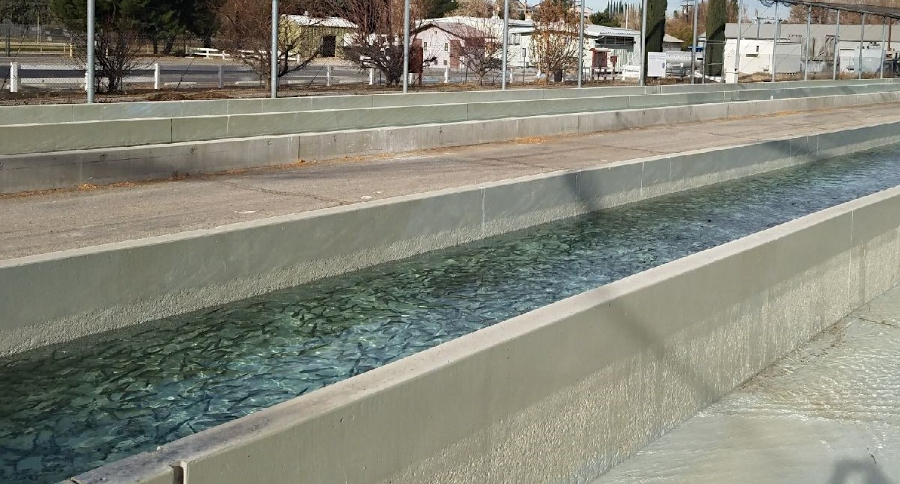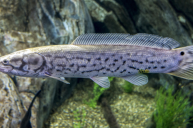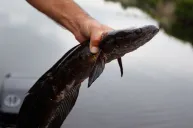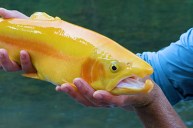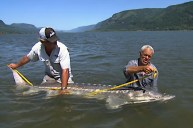Humans are not the only ones dealing with a deadly outbreak.
As human battle the worldwide coronavirus pandemic, several California fish hatcheries are dealing with an entirely different kind of outbreak, the kind that is deadly to fish.
The California Department of Fish and Wildlife reported in a press release that they have halted fish stocking in the southern part of the state due to a severe bacterial outbreak of Lactococcus garviea.
Affected are Fish Springs, Black Rock and Mojave River Hatcheries with the latter being the most serious site of infection so far. Officials last stocked from that hatchery on May 1. The outbreak was originally discovered in late April. Mojave River has been the hardest hit with approximately 50,000 rainbow trout killed in the outbreak according to the CDFW's frequently asked questions page on the outbreak.
The bad news is, much like coronavirus, some fish can be completely asymptomatic. Other show more obvious signs like lethargic behavior, bulged eyes, an enlarged abdomen and erratic swimming. The good news is the odds of it transmitting from fish to humans is rare. Thank goodness, because 2020 has been crazy enough already. Still, the outbreak is quite concerning for Fish and Game officials and anglers because it is the first time it has ever been detected there.
"This is a challenge for our hatcheries because the bacteria is previously unknown to California and we don't have tried-and-true strategies on hand to combat it," CDFW environmental program manager Jay Rowan said in a press release. "A successful approach will have three components: Treating the affected fish at the hatcheries, finding the origin of the outbreak, and planning ahead to contain and prevent the spread of the bacteria."
Rowan also said treating the bacteria would likely be a lengthy process and that fish stocking will be put on hold for a while in southern and eastern California. There is no target date for when fish stocking operations may resume as normal.
While officials do not know where the outbreak originated, the bacteria is known to spread through contaminated water and hatchery equipment like nets and boots. It can also spread from fish to fish and through fish eggs. Unfortunately, a hatchery environment is a prime spot for this type of outbreak to spread. Officials are currently investigating to see if they can discover the source.
Meanwhile, the CDFC's FAQ section states officials are treating the fish with an immune-stimulating feed and antibiotics. They will also lower water temperatures try to reduce over-crowding to help the hatchery populations recover.
We will keep an eye on this story and bring an update when the state decides to resume fish stocking operations.
For more outdoor content from Travis Smola, be sure to follow him on Twitter and check out his Geocaching and Outdoors with Travis YouTube channels.
NEXT: PETA IS NOW GOING AFTER FISHERMEN
WATCH
